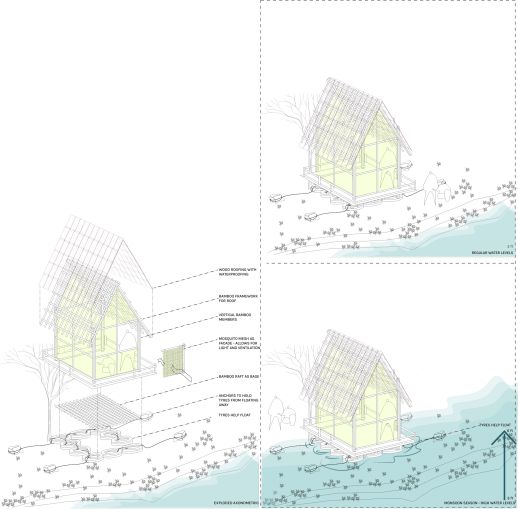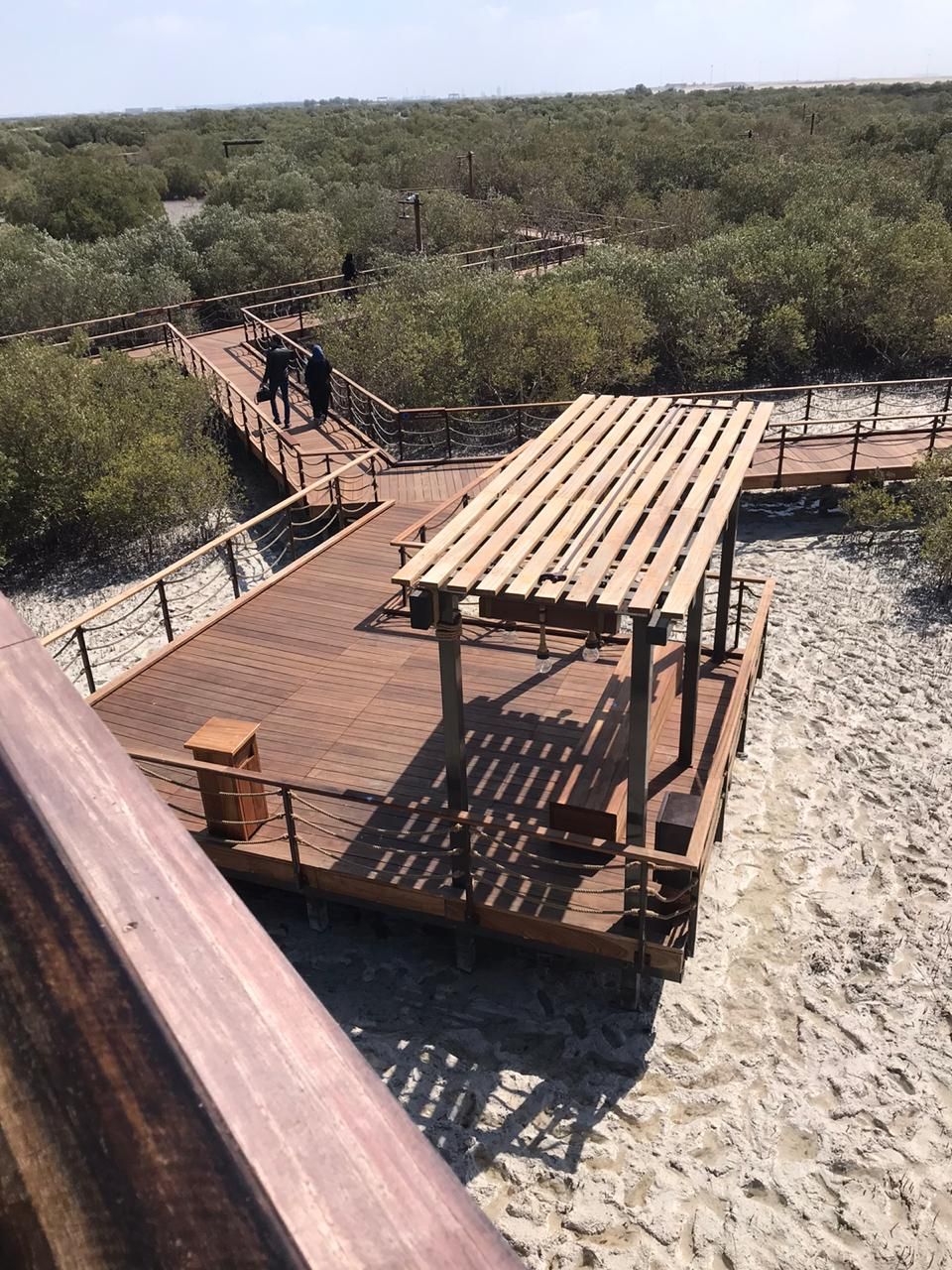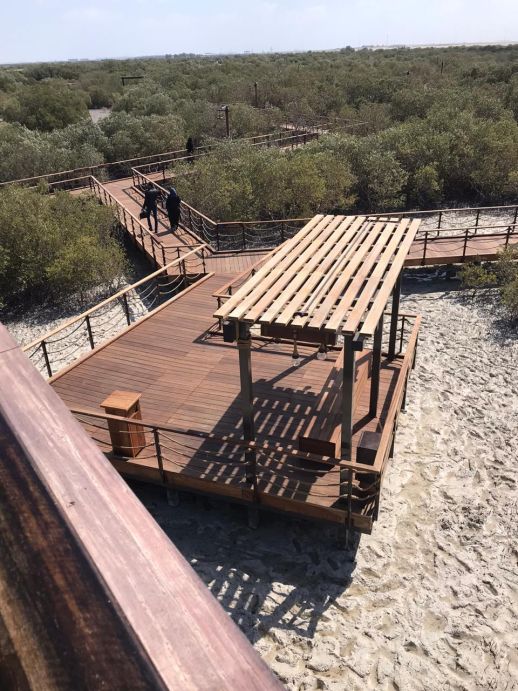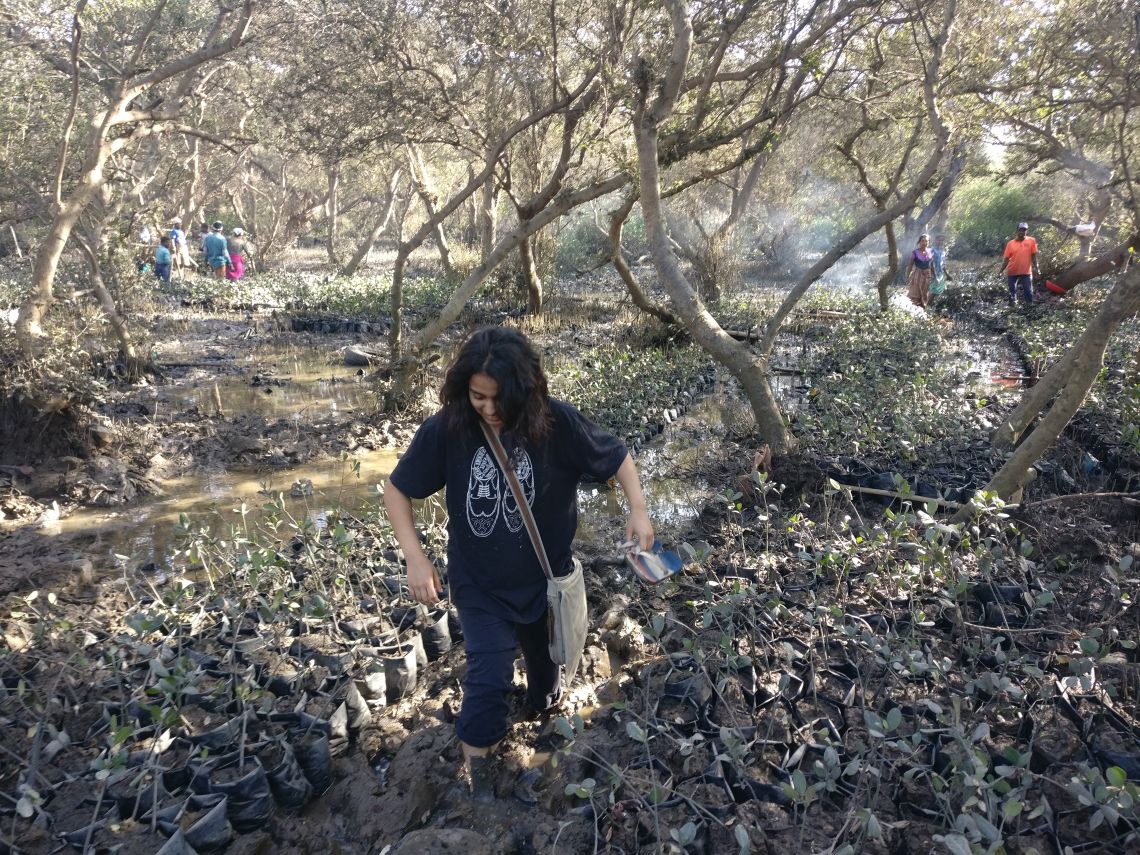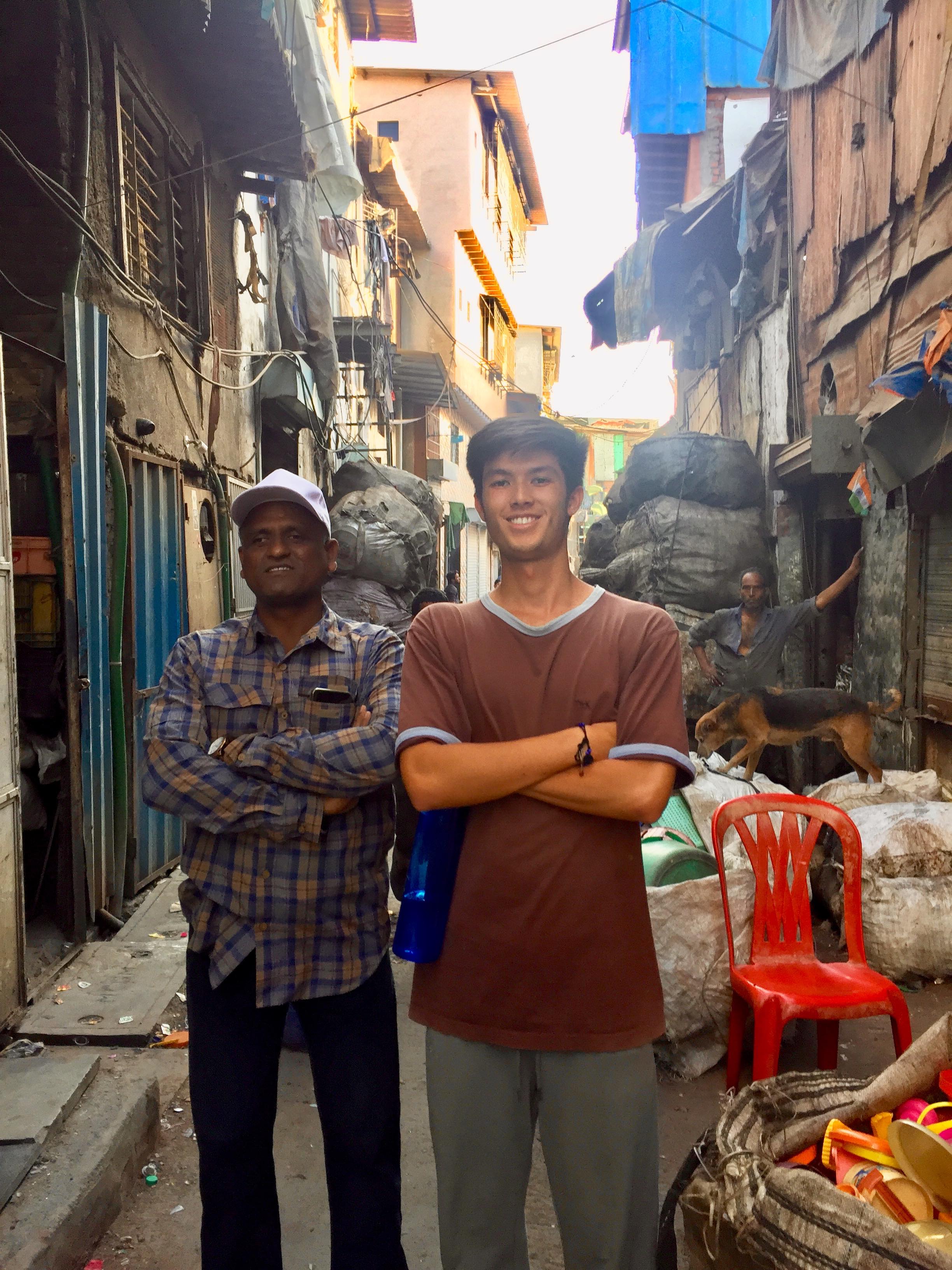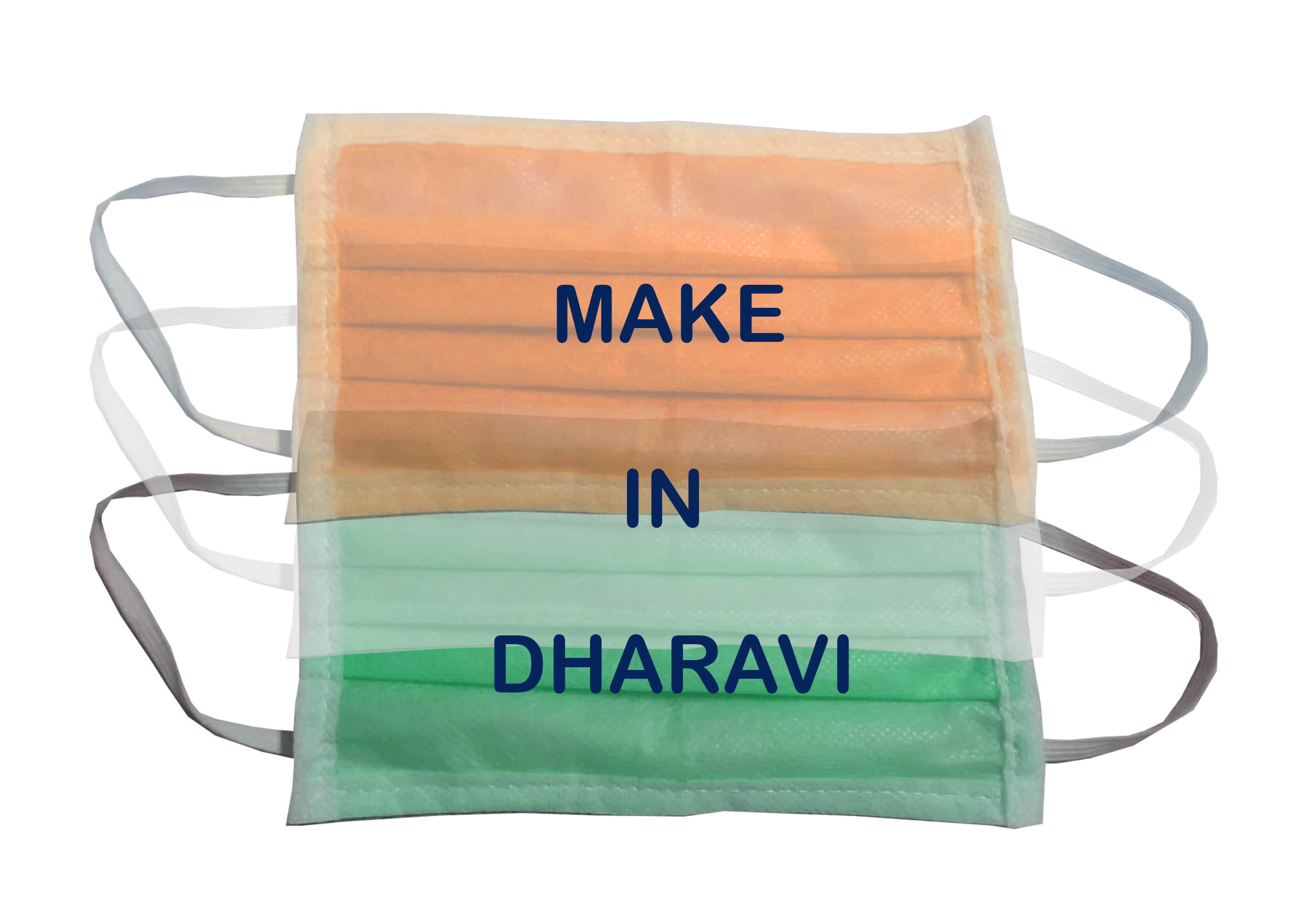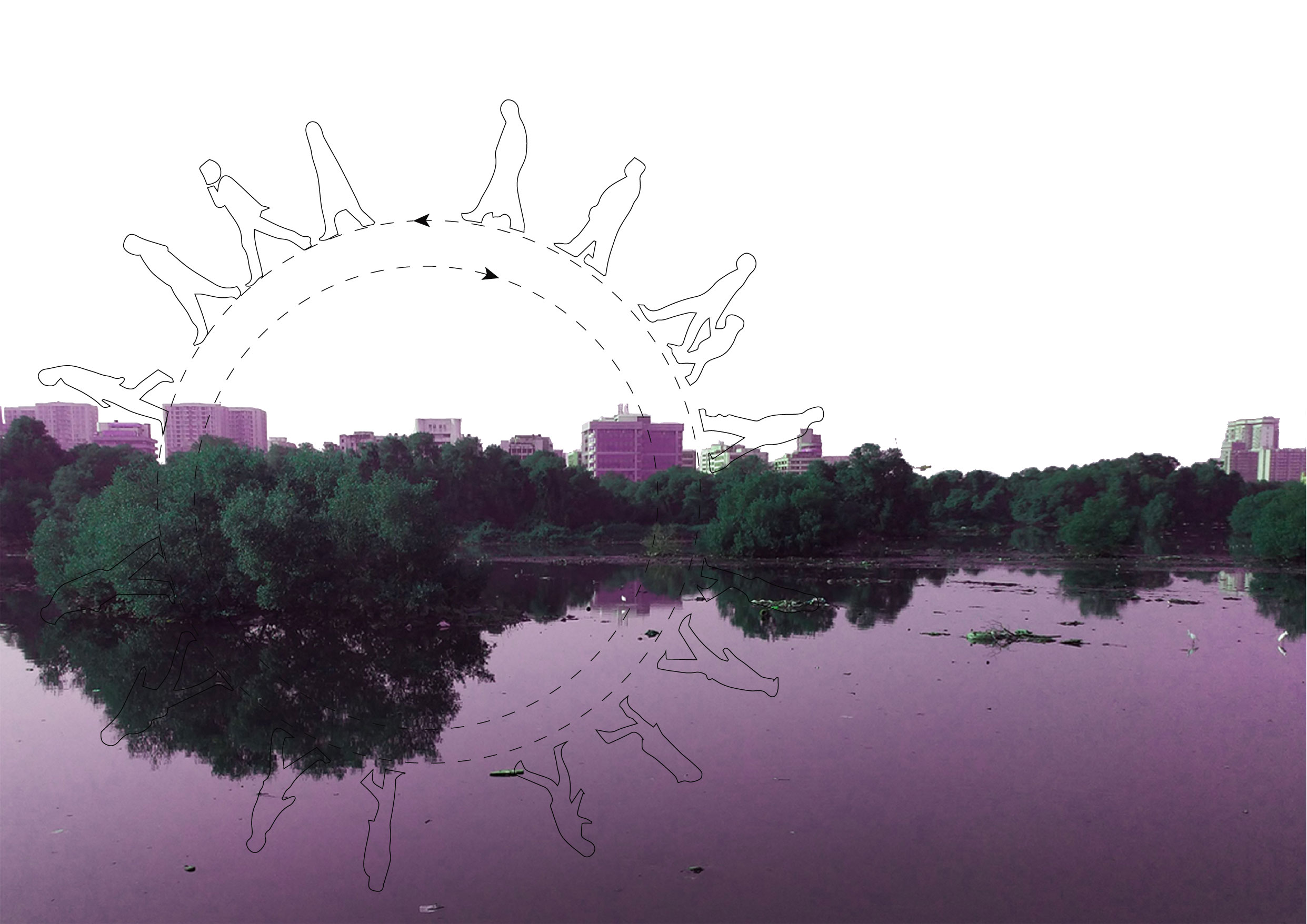A Mangrove experience

A Mangrove experience
In the last article we discussed the importance of providing an economic incentive to maintain mangroves, both at the local and city scale. Apart from the economic and ecosystem services, we feel it necessary to encourage interactions between people and the mangrove ecosystem. Instead of prohibiting access, people should be allowed to experience the mangroves. This would help foster feelings of kinship with natural systems. In this article we discuss ways of making an immersive mangrove experience available to people. We propose varying degrees of engagement, from a full blown Koli experience to Mangrove Machans.
A day as a Koli
Mr Wilson and Prince - two brothers from Dharavi Koliwada - proposed that some Koli families could give take people to their fishing ponds in the mangroves. Prince also reminisced about how he used to fish in the ponds and have evening barbecues near his little cabin in the mangroves. This kind of experience, if occasionally made available to the public, would be a great way for people to connect with the mangrove ecosystem. It would spotlight the Koli community of Dharavi - whose history and culture hasn’t been extensively recorded and support a mangrove economy by creating a new opportunity for the Koli's.
Mangrove Mahal
Prince told us about a cabin that they used to have next to their fishing pond. Unfortunately, this cabin was destroyed in the floods of 2012. As architects and designers our first instinct was to rebuild the cabin. When we suggested the idea to Prince, he took to it and is keen to follow through.
At first, we dreamt of a large, intensively used space that we called the Mangrove Mahal (Mansion). We thought of the many utilities that the house could have as well as the possibility of it being a recreational spot where people could come to experience the Koli way of life. However, there are many challenges associated with building in the Mangroves. To begin with, there was the complication of very ambiguous land ownership rights, the next concern was the ebb and flow of tides wherein the structure would need to withstand high and low tides, storms, and finally protection from various animals and insects. After many long conversations, we decided to limit its scale and utility to that of a modest cabin for storage and a rest stop for the family when they come fishing. The structure could be placed on a foundation of recycled tyres that would allow it to rise and fall with the tide. It would be a small scale structure made of "jungli lakdi" (wild wood) as well as some bamboo parts. Another important part of the brief was that the structure would need to be insect proof. We incorporated this by simple mosquito net facades that allow for light and ventilation.
Mangrove Walks
Prince shared his idea of creating walking trails through the mangroves. Currently there are 30 fishing ponds covering an area from the Dharavi T-junction to Mahim Nature Park. We think it is possible to make floating boardwalks, similar to the floating mangrove mahal, that let people experience the landscape and also learn about the fishing activities. We hope that this engagement will catalyse initiatives to clean the mangroves and help improve the condition of the fishing ponds.
urbz had gotten the chance to visit the newly opened Mangrove Park in Abu Dhabi. The park is essentially in the form of a large boardwalk which is free for the public. It allows people to take leisurely walks through the mangroves, see the wildlife that depends on them and appreciate its beauty. It has already received many positive reviews. The success of this project shows the potential benefits of building a walkway through Mahim’s mangroves.
Closer to home, we visited the Coastal & Marine Biodiversity Centre in Airoli. During our visit we found a group of people busy planting mangrove seedlings. They said they come about once a year to do plantings and fill up gaps in the mangrove forest, which takes about two weeks. They seemed to really be enjoying themselves, getting barefoot in the mud. Mangrove planting and maintenance is hard work, but it can also offer an enjoyable break from city life.
Mangrove Machans
While the boardwalks and boating to the fishing ponds offer an in-depth experience, we believe that even a small opportunity to have a restful view can impact people. Machans are platforms or viewing decks erected in a tree and were traditionally used for hunting. We propose making a few machans at strategic viewpoints. Our walks around the area helped us identify preliminary sites which could be used to install machans looking out across the mangroves. These viewpoints offer a relatively peaceful spot away from the noisy roads to take a moment and observe the natural beauty of the mangroves. These points could also serve as public spaces informed by artistic installations that foster a sense of concern, ownership and pride towards the mangroves.
It is important to promote human-nature interactions, especially in urban areas. An immersive, aesthetic experience of the mangroves would be a great way to build connections between people and the ecosystems they inhabit, allowing for more active involvement in Mumbai’s mangrove ecosystem and economy.



